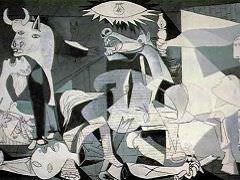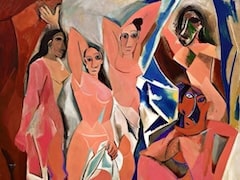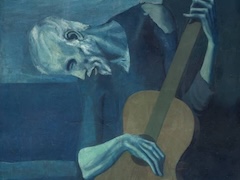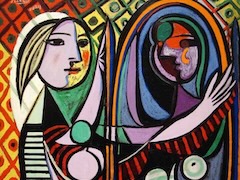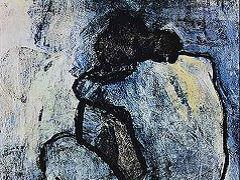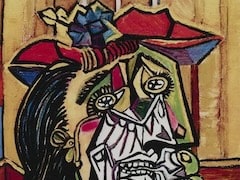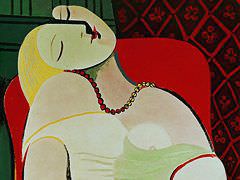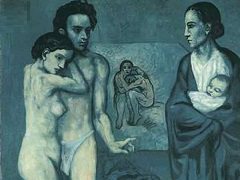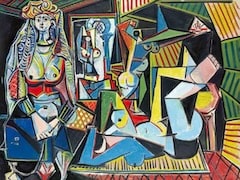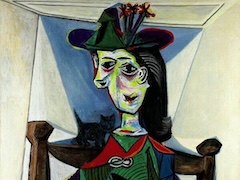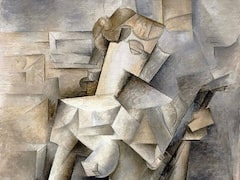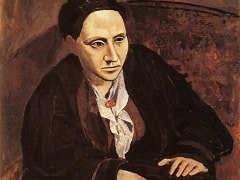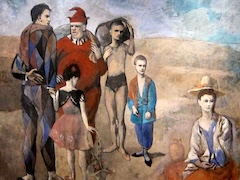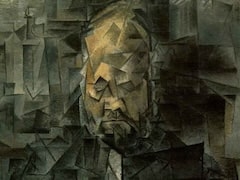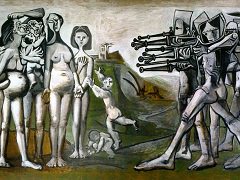After Rembrandt: Ecce Homo,1970 by Pablo Picasso
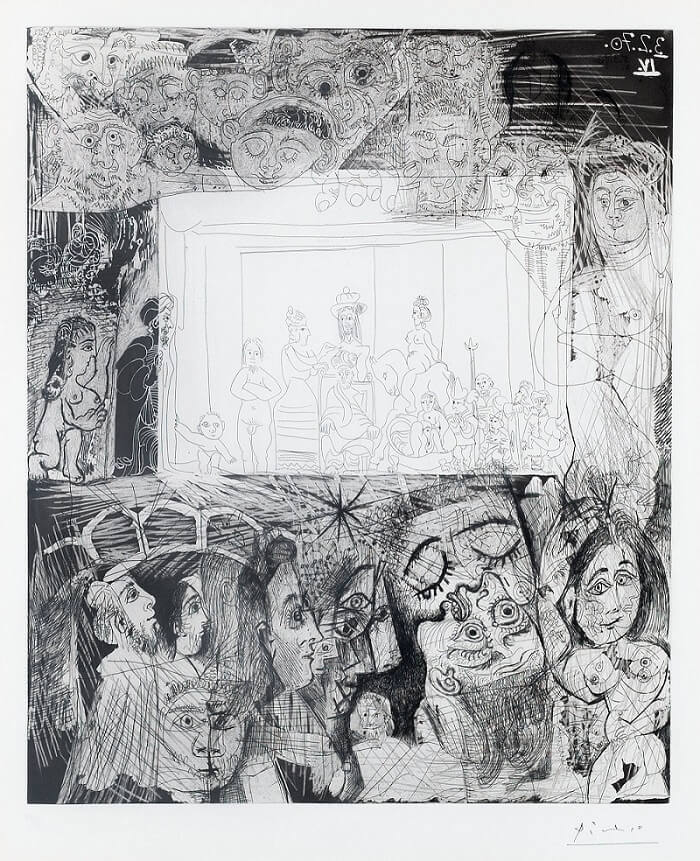
Picasso always looked to the history of art for inspiration. In the early 1970s, Picasso focused particularly on individual works by Golden Age masters Rembrandt, Vermeer, and Velázquez, and produced a series of 156 engravings. These were the last works in this medium that he was to create. Many of the works paid homage to these master artists who had inspired him when contemporary art was going in directions counter to Picasso's aesthetic concerns.
In his very late period, Picasso was particularly interested in Rembrandt, he had studied his etchings, and even projected slides of Rembrandt paintings onto his studio wall. It was Rembrandt's Hundred Guilder Print that inspired this work, After Rembrandt: Ecce Homo.
Some of the engravings focused on brothel scenes, one even including the subject of La Celestine, the eponymous hero of a fifteenth-century Spanish novel. Sixty-six years earlier, Picasso had created a portrait of the one-eyed brothel-keeper Carlota Valdivia, who plied her trade near Picasso's Barcelona studio, in the guise of La Celestine. Such remiscenes were a key part of these late works. This astonishingly complex engraving represents a theatrical stage upon which many of the characters from Picasso's life are presented. The stage itself is surrounded by other characters derived from a lifetime of works, many floating above the stage in a dreamlike manner. It is as if Picasso had tried to sum up his whole artistic life in a single image.

